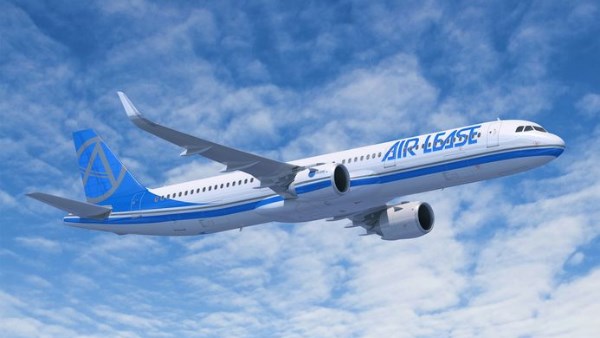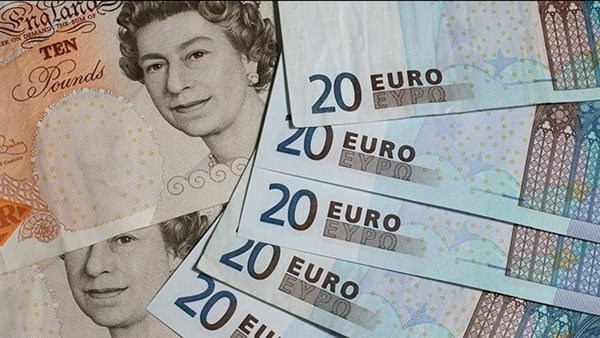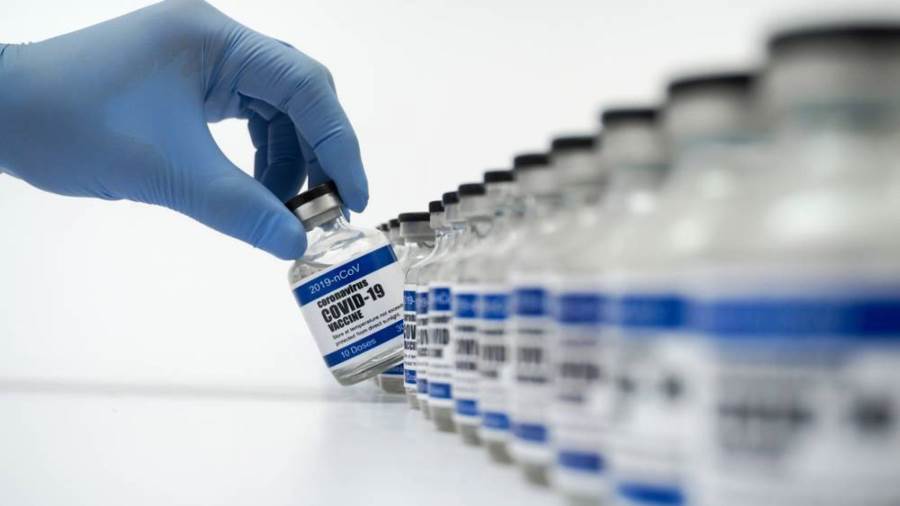
NATO wants its 32 members to commit to spending 5% of GDP
UK put on a war footing with defense overhaul — but is it too little, too late?

British Prime Minister Keir Starmer announced an overhaul of the U.K.’s defense spending on Monday, warning Britain it faces “war in Europe.”
“We are moving to war-fighting readiness,” Starmer said as he unveiled the government’s much-anticipated “strategic defence review” at a time of heightened vulnerability on the continent, with the U.K. saying the threat and instability posed by Russia and other adversaries “cannot be ignored.”
The U.K.’s defense plans include building 12 new nuclear-powered attack submarines, a boost to the manufacturing of drone, missiles and munitions, as well as bolstering of cyber warfare capabilities.
Starmer said the U.K.‘s defense spending would rise to 2.5% of gross domestic product (GDP) by 2027 and set out the “ambition” to increase that to 3% of GDP in the next Parliament — that is, by 2034 — “when economic and fiscal conditionals allow.” NATO estimates suggest the U.K.’s defense expenditure as a share of GDP was 2.33% in 2024, above the alliance’s 2% target set out in 2014.
One of the U.K.’s priorities was to strengthen the NATO coalition, the prime minister said, adding that Britain’s defense policy will “always be NATO first.”
NATO wants its 32 members to commit to spending 5% of GDP on defense and security-related infrastructure by 2032 and is set to push for that target when it next meets on June 24-25.
Analysts and economists argue that, while the U.K.’s defense plans are welcome news in uncertain times, they could ultimately prove to be too little, too late — and that they might be potentially difficult to deliver, given fiscal constraints in the U.K.
Too little, too late?
The amount that NATO members spend on defense is a persistent bugbear for the alliance — and for U.S. President Donald Trump — with some members far exceeding the 2% GDP target, and others repeatedly falling short of that amount in recent years.
Defense expenditure has sharply picked up among NATO members since Trump was last in power, however. In 2018, at the height of the White House leader’s irritation with the military bloc, only six member states met the 2% target, including the U.S.. That compares with 23 members in 2024, according to NATO data.
While some greatly surpassed that threshold — such as Poland, Estonia, the U.S., Latvia and Greece — major economic powers including Canada, Spain and Italy are among the laggards below the contribution threshold.
No NATO member has yet reached the 5% spending objective suggested by Trump or NATO’s Secretary General Mark Rutte.
Some NATO allies have already given a withering response to the U.K.’s 2.5% defense spending target with the defense minister of Lithuania — which spent an estimated 2.8% of GDP on defense in 2024 — reportedly telling the BBC that figure was “old news.”
Starmer has also refused to commit to an explicit timeline for when the U.K. might increase its defense spending to 3% in the next parliament (2029-2034), telling the BBC earlier on Monday that he is not “going to make a commitment as to the precise date, until I couldn’t be sure precisely where the money is coming from, how we can make good on that commitment.”
The European aerospace and defense sector welcomed the spending plans, with the Stoxx 600 aerospace and defense index up 0.45% on Monday.
But although “the spending plan is unequivocally positive for the sector ... the impact will be gradual and backloaded,” Loredana Muharremi, equity analyst at Morningstar, said Monday.





-1120252475029447.jpg)
-920252122624392.jpg)
















